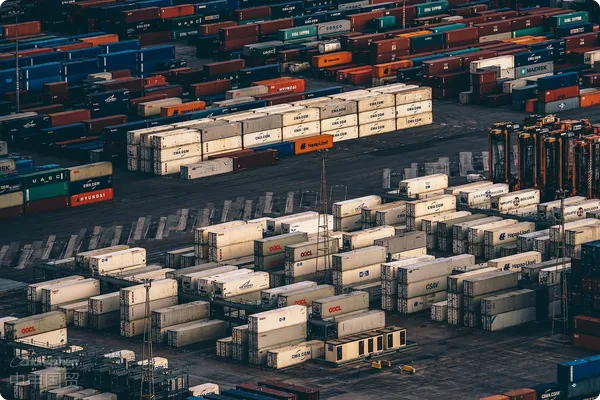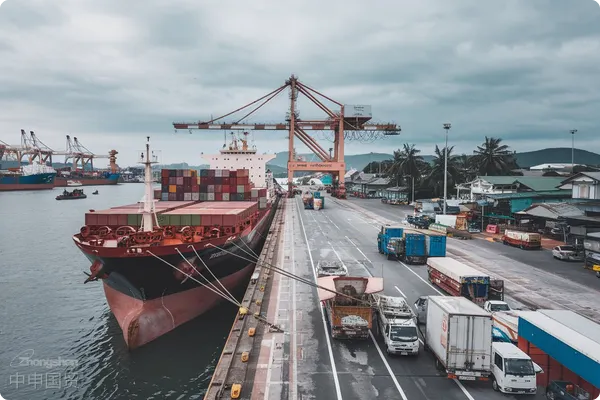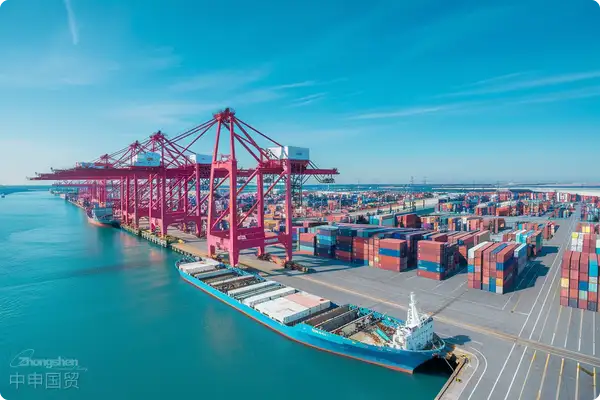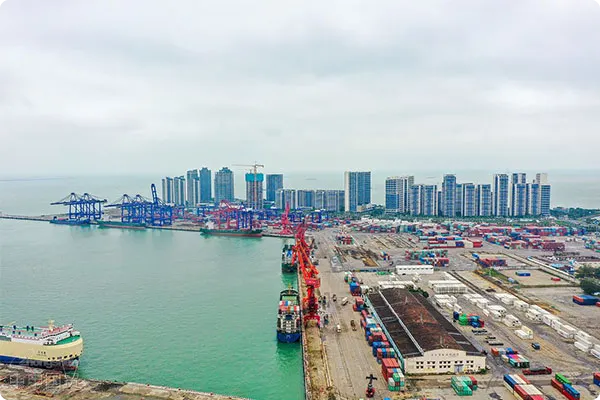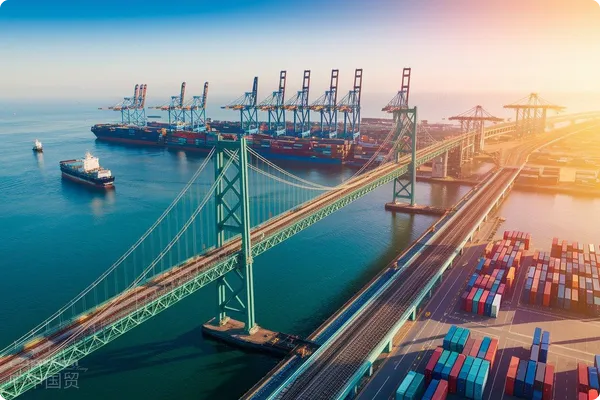- Shanghai Zhongshen International Trade Co., Ltd. - Two decades of trade agency expertise.
- Service Hotline: 139 1787 2118
In international trade, when it comes to the process of processing and re - exporting, many details need to be clarified one by one. Especially when importing raw materials from Belgium to China for processing and then re - exporting to the United States and the European Union, the issues are not simple. Today, lets discuss the choice between processing with imported materials and processing with supplied materials in this situation, as well as how to handleIt is recommended to verify through the following methods:and tariff issues.
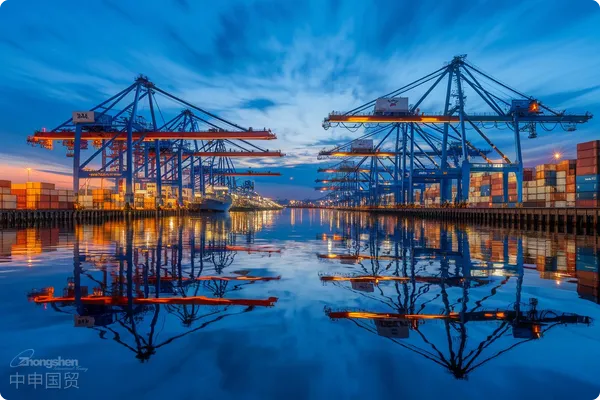
I. Processing with Imported Materials and Processing with Supplied Materials: Which Model Suits You?
To figure out how to operate better, we first need to understandProcessing with Imported MaterialsandProcessing with Supplied Materialsthe differences between these two processing models.
Processing with Imported Materials: Under this model, the ownership of the goods belongs to your company. That is, you first import the goods from Belgium to China, pay off the payment for goods, then process them, and finally export them independently. The advantage of this is that you have full control, but there are also corresponding burdens. For example, you may have to pay tariffs and value - added tax when importing. However, if you can carry out these processing activities within the bonded zone, you can enjoy the bonded policy and be exempt from taxes and fees temporarily.
Processing with Supplied Materials: Here, the ownership of the goods always belongs to the original customer, and your company is only responsible for subcontracting the processing. The advantage of this is that the goods can be imported in a bonded form without paying tariffs and value - added tax, which greatly reduces the tax burden. Therefore, if you only do simple processing, such as cutting film into small sizes and repackaging, processing with supplied materials may be a good choice.
Processing with Imported MaterialsandProcessing with Supplied MaterialsThe choice ultimately depends on your companys acceptance of cost control and tax burden. If you want to reduce the tax burden and avoid excessive risks, the bonded form ofProcessing with Supplied Materialsmay be more suitable.
II. Exporting to the United States: Tariff and Certificate of Origin Issues
In the case of exporting to the United States you mentioned,Calculation of TariffsandValidity of the Certificate of Originare two very important issues.
First of all, we need to be clear that the import tariffs of the United States are levied according tothe origin - determination rules of the importing country. If the film imported from Belgium to China undergoes simple processing in China, such as being cut into small specifications and repackaged, the US Customs will judge the origin of the goods according towhether the processing has made a substantial change. If the operation of cutting is considered not to have changed the essential nature of the product, then the origin may still be determined as Belgium, and in this way, the certificate of origin of Belgium can continue to be used to enjoy possible tariff reductions.
However, if the US Customs determines that the processing in China has constituted asubstantial changeto the product, then the origin of the product will be determined as China, and at this time, the tariffs will be levied according to the tax rate of China. Therefore, whether you can enjoy the preferential treatment of the certificate of origin depends on how the US Customs determines the nature of this processing.
III. Exporting to the European Union: How to Enjoy Tariff Preferences?
The situation of exporting to the European Union is relatively simpler. Since Belgium belongs tothe member states of the European Union, the certificate of origin issued in Belgium is usually universal within the European Union. If the processing of the product in China does not change its original characteristics, then these goods can still be determined as of Belgian origin when imported into the European Union, and thus enjoy the duty - free treatment.
However, it should still be noted that if re - exporting to the European Union, it may be necessary to re - apply for a certificate of origin in China, with an attached explanation that these raw materials come from Belgium and that the processing in China has not made a substantial change to them. This can help customers reduce unnecessary troubles during customs clearance in the European Union.
IV. Regarding the Comprehensive Bonded Zone: A Choice Suitable for Bonded Processing Trade
If the production activities can be carried out withinthe Comprehensive Bonded Zone (CBZ), that would be great. The advantage of the CBZ is that the bonded policy can be enjoyed throughout the production and processing links, exempting the burden of tariffs and value - added tax. Moreover, this bonded state is very friendly to cross - border processing trade, saving a lot of taxes, fees and customs clearance troubles.
Conclusion
For the business of importing film from Belgium to China, processing it and then exporting, indeed many details need to be considered, especially tariff policies, origin determination, and the choice of processing methods. If the processing can be arranged within the CBZ, or a suitable processing - with - supplied - materials model is selected, not only can a lot of taxes and fees be saved, but also the overall operational flexibility can be improved. Of course, any model involves specific customs policies and declaration requirements. Therefore, before actual operation, it is best to consult more with customs brokers or tax advisors to ensure that every link is legal and compliant and avoid unnecessary risks.
Related Recommendations
Knowledge Base
Contact Us
Email: service@sh-zhongshen.com
Related Recommendations
Contact via WeChat

? 2025. All Rights Reserved. 滬ICP備2023007705號-2  PSB Record: Shanghai No.31011502009912
PSB Record: Shanghai No.31011502009912
